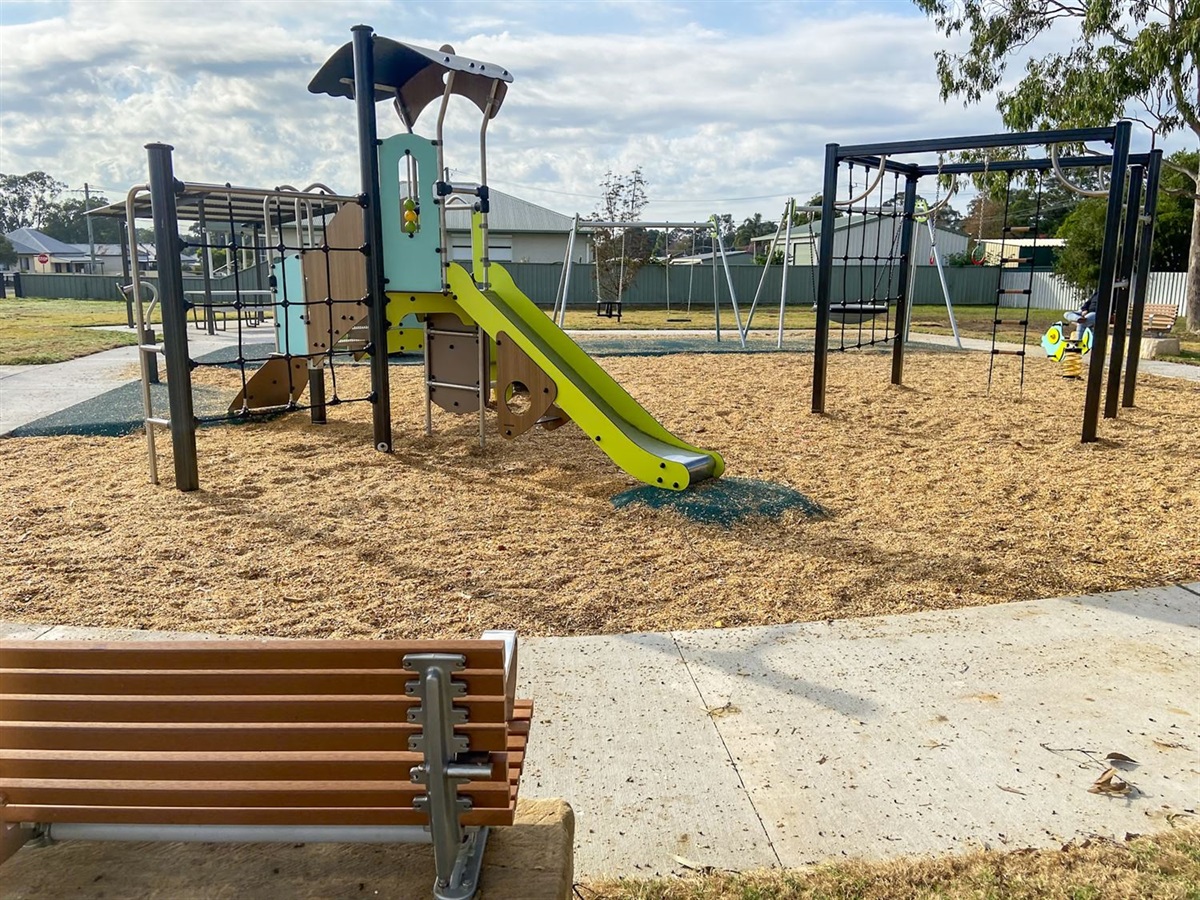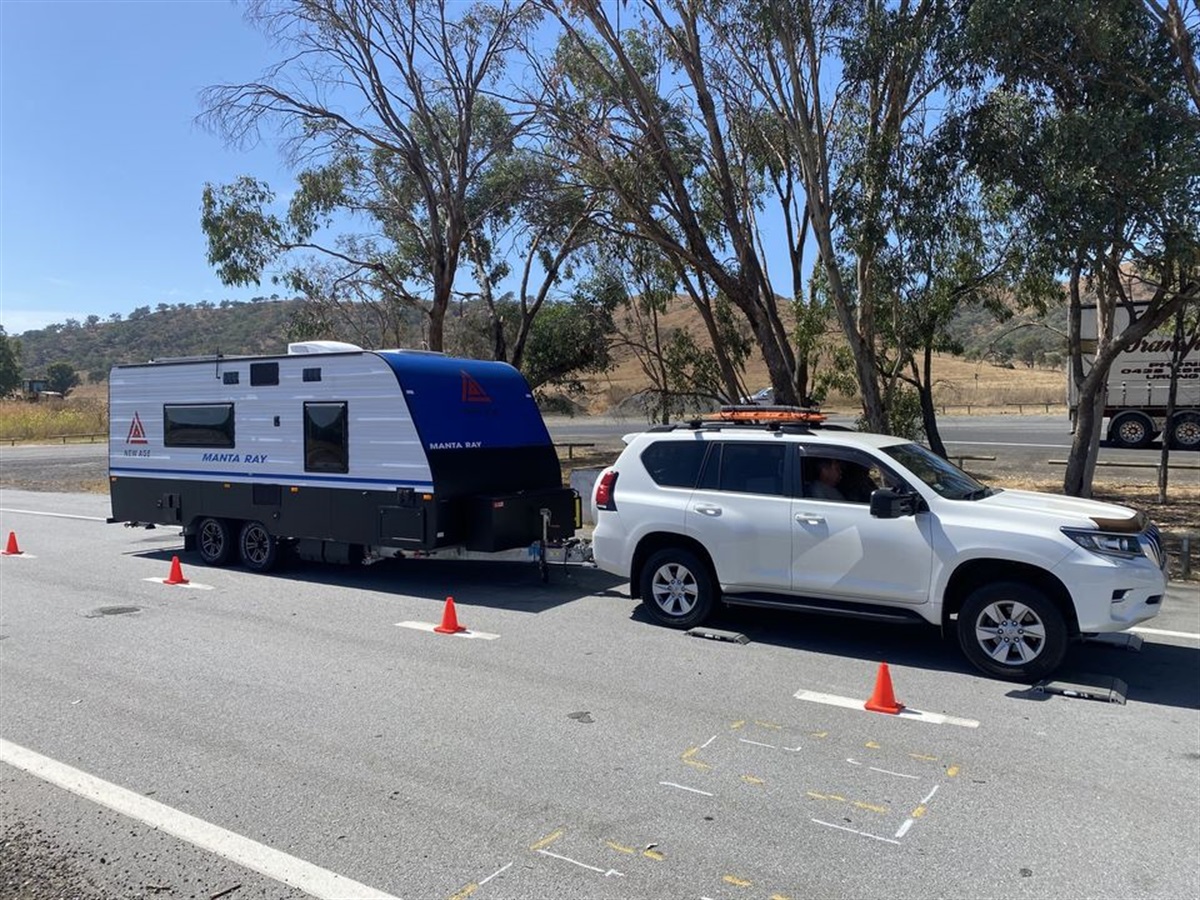Premiums in cyclone and flood-exposed parts of the country’s north have risen sharply over the past decade in comparison to the rest of Australia[1], raising concerns that some households and businesses may soon be unable to afford cover.
APRA is responsible for ensuring general insurers have sufficient financial strength to pay all legitimate claims, and expects them to raise sufficient revenue from policyholders to cover their expected payouts.
Ahead of his appearance at an insurance hazards conference in Queensland tomorrow, APRA Executive Board Member Geoff Summerhayes said the only sustainable way to reduce premiums was to lower the risk of property damage.
“Insurers price their policies according to risk, with policyholders at greater risk paying commensurately higher costs. Rising insurance premiums in northern Australia are therefore a symptom of a deeper problem, which is the growing threat these communities face from natural disasters.
“Ongoing access to affordable general insurance is essential for the economic well-being of these communities; without it, households and businesses in Australia’s north will struggle to recover from financial loss or gain access to credit,”
Mr Summerhayes said.
APRA’s concerns are outlined in its submission to the Australian Competition and Consumer Commission’s Northern Australia Insurance Inquiry Second Update Report. The submission describes APRA’s strategic focus on lowering the incidence of underinsurance, given the associated social and economic impacts that may have broader implications on financial system stability.
With climate change expected to increase the damage bill from natural disasters in northern Australia, Mr Summerhayes said an informed debate was needed about the best way to fund mitigation and adaptation.
“Hundreds of millions of dollars each year are spent on disaster funding but about 97 per cent goes towards clean-up and recovery, with only 3 per cent directed to mitigation and prevention. Addressing this imbalance will save money in the long-term by reducing the physical loss and economic disruption caused by storms, floods, cyclones and bushfires.
“All levels of government, working with insurers and other stakeholders, can help to protect vulnerable communities by investing in mitigation, such as flood levies and sea walls, risk mapping and more robust building codes. Crucially, lowering the risks faced by policyholders typically leads to insurance premiums falling.
“The experience of Roma in south-west Queensland after the 2012 flood event provides an example of this collaborative approach and shows the way forward. Evidence suggests insurance premiums fell by 50 to 90 per cent following the completion of flood mitigation infrastructure,” he said.
APRA’s submission to the ACCC Northern Australia Insurance Inquiry Second Update Report can be read at Submissions







